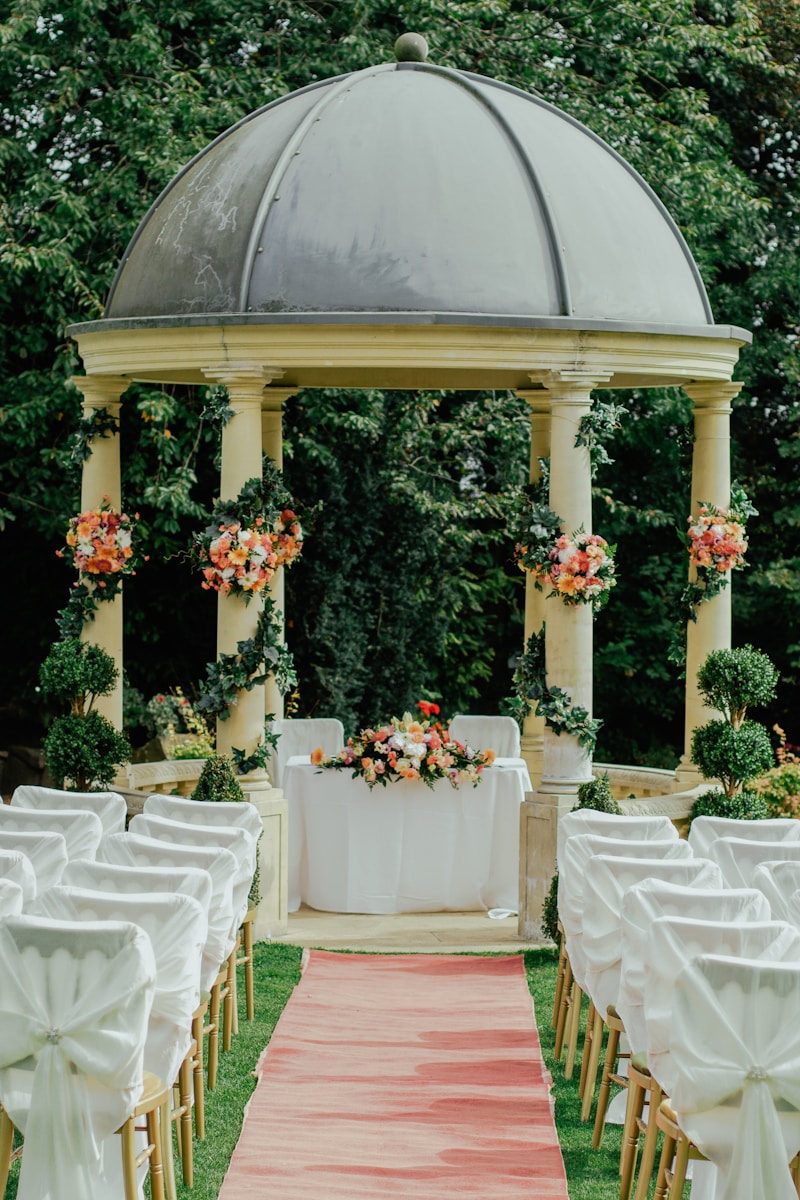Understanding Common Size Charts for Wedding Dresses: A Complete Guide
Shopping for a wedding dress can be one of the most exciting yet daunting tasks for brides-to-be. With numerous styles, fabrics, and designers to consider, one crucial element that can greatly impact your shopping experience is understanding common size charts for Wedding dresses. In this article, we'll dive deep into these size charts, how they vary among different designers, and what you should keep in mind while selecting the perfect gown.
Why Size Charts Matter
Unlike standard apparel, Wedding dresses often come with their own unique sizing conventions. Understanding these common size charts for Wedding dresses ensures that you choose a gown that fits you well, reducing the need for extensive alterations post-purchase. Many brides may not realize that bridal sizes typically differ from regular clothing sizes. For instance, a size 6 in regular clothing may translate to a size 10 or 12 in bridal wear. Knowing this can prevent unnecessary confusion and disappointment.
Common Size Charts Overview
Most wedding dress designers provide size charts that correspond to body measurements. Here's an example of a common size chart:
| Bridal Size | Bust (inches) | Waist (inches) | Hips (inches) |
| 0 | 32-33 | 24-25 | 34-35 |
| 2 | 33-34 | 25-26 | 35-36 |
| 4 | 34-35 | 26-27 | 36-37 |
| 6 | 35-36 | 27-28 | 37-38 |
| 8 | 36-37 | 28-29 | 38-39 |
| 10 | 37-38 | 29-30 | 39-40 |
| 12 | 38-39 | 30-31 | 40-41 |
How to Measure Yourself for a Wedding Dress
Before diving into the size charts, taking accurate measurements is essential. Here’s a guide on how to measure:
- Bust: Measure around the fullest part of your bust while keeping the tape comfortably snug but not tight.
- Waist: Measure around the narrowest part of your waist, usually just above your belly button.
- Hips: Measure around the fullest part of your hips, ensuring the tape is level across your back.
Always remember to use a soft measuring tape and wear minimally fitted clothing for accurate readings. It's advisable to have someone assist you for precision.
Understanding Designer Variations
It's vital to note that each designer may have slight variations in their size charts. Hence, it’s recommended to check the specific chart for each gown you consider purchasing. Additionally, some designers offer custom sizing, allowing you to provide your specific measurements for a more tailored fit.

Common Bridal Size Misconceptions
One common misconception is that bridal sizes are the same as regular dress sizes. Brides often get disheartened when they realize they wear a size 8 in everyday clothing but may require a size 12 in bridal wear. This discrepancy is largely due to the fact that Wedding dresses are designed to fit differently—all geared toward accommodating the layers of fabric, intricate designs, and styles that characterize bridal gowns.
Tips for Finding Your Ideal Wedding Dress Size
Here are some tips to keep in mind while navigating through common size charts for Wedding dresses:
- Never go by just one size; always refer to the designer’s size chart.
- If in between sizes, it’s usually better to opt for the larger size, as dresses can be altered down.
- Try on similar styles to determine which shape suits you best, as this can greatly impact your size selection.
- Consult with a bridal consultant for expert advice on sizing and fitting adjustments.
What If Your Measurements Don’t Fit the Size Chart?
If your measurements do not correspond to standard size charts, do not panic. Many bridal boutiques offer custom alteration services. Additionally, several online retailers provide bespoke Wedding dresses designed to fit your unique dimensions.
Consideration of Body Types
Every bride has a different body type, which can significantly influence how a gown fits. Recognizing your body shape helps in selecting a dress that complements your figure. Here are a few common shapes:
- Hourglass: This shape typically looks fantastic in fitted styles that accentuate the waist.
- Apple: A-line dresses that skim over the midsection work well for apple shapes.
- Pear: Off-the-shoulder and necklines can draw attention upward, balancing wider hips.
- Rectangle: Ruffled or layered designs add fullness, creating curves in this body type.
Conclusion
Purchasing a wedding dress should be a joyful experience, not a stressful one. Understanding common size charts for Wedding dresses allows for a smoother journey to finding your dream gown. Always refer to the specific size charts of designers, take accurate measurements, and consider getting alterations if necessary. With these tips in mind, you will be well-equipped to navigate the Wedding Dress Shopping process. Enjoy the moment and let your exquisite gown reflect your personal style as you walk down the aisle. Remember, a perfect fit not only makes you feel beautiful but enhances your confidence on one of the most important days of your life.